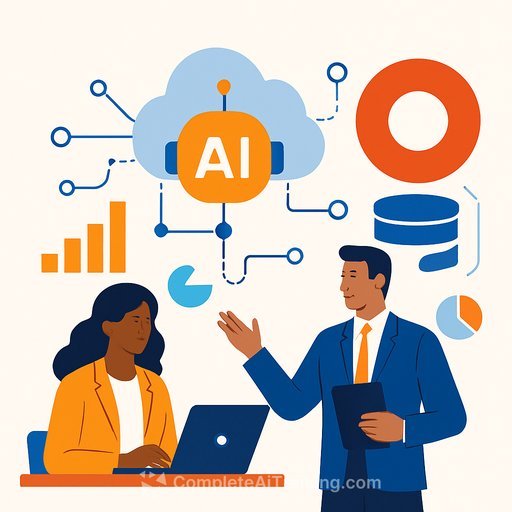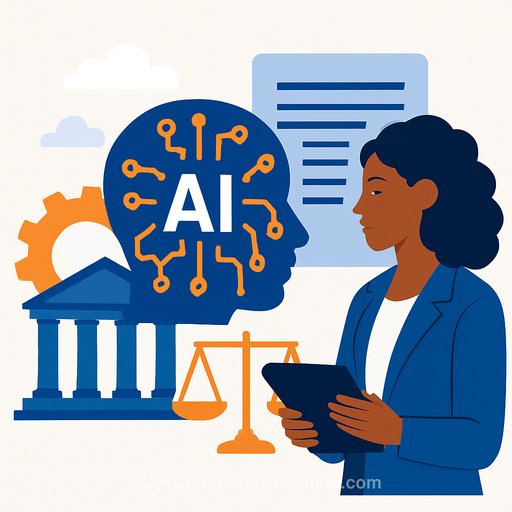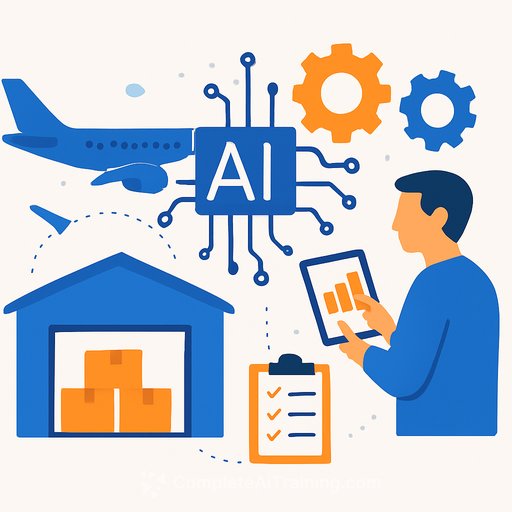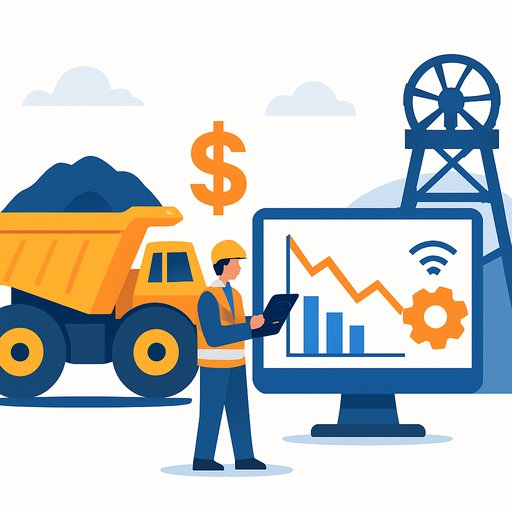KPMG expands Agentforce to retool operations and client-facing work
KPMG is scaling its use of Agentforce, Salesforce's agentic layer, to streamline go-to-market operations and client interactions. The firm is putting interactive agents in the hands of professionals to automate research, tighten meeting preparation, and summarize insights at every client touch point.
The goal: free teams from manual, repeatable work so they can move faster on market signals and spend more time with clients. This deployment follows KPMG's launch of Workbench, its global AI platform for agent-to-agent communication across Salesforce and other providers.
What this means for Operations leaders
- Automated research: consolidate market, account, and competitive intel inside existing CRM workflows.
- Meeting prep at speed: generate briefings, talk tracks, and follow-up actions tied to account context.
- Insight summarization: compress notes, emails, and call transcripts into clear next steps.
- Faster GTM cycles: reduce handoffs and prep time so teams spend more time in client conversations.
Trust and governance are built in
KPMG vetted Agentforce against its Trusted AI Framework to give teams and clients confidence in deployment. That matters for operations: it sets standards for risk, security, and auditability from day one.
- Guardrails: policy-based access, data segregation, and approval flows for sensitive tasks.
- Observability: prompt/version tracking, feedback loops, and human-in-the-loop review for critical outputs.
- Compliance: controls aligned to industry regulations and corporate governance.
Industry accelerators to speed time to value
KPMG is building Agentforce accelerators for healthcare, life sciences, financial services, and technology. These agents map to industry workflows and regulations, offering scalable roadmaps clients can deploy faster.
Shifting to an agentic enterprise
According to Salesforce product marketing leadership, KPMG is using AI agents to clear repetitive, time-consuming tasks so employees can focus on strategic work. The expected outcome: faster execution and measurable business impact.
KPMG's Salesforce platform leader emphasized a "client zero" approach-put AI directly in professionals' hands, then translate those learnings into co-developed client solutions. Embedding agents across operations helps teams prioritize higher-value analytical work and growth.
Workbench + Agentforce: orchestration across tools
Workbench gives KPMG a control plane for agent-to-agent communication, integrating Salesforce and other AI platforms. Teams can select the right model or agent for each task, then route work across systems without switching contexts.
Salesforce's agreement to acquire Apromore adds process intelligence into the mix, bringing deeper process optimization to the platform. For operations, that points to a future where processes are mapped, benchmarked, and then assigned to the best-fit agents for execution.
Use cases Ops can launch now
- Account research packs: 1-click briefs that pull CRM, market news, and past engagements into a single view.
- Meeting kits: agenda, executive summaries, and "likely objections" with sourced references.
- Pipeline hygiene: auto-flag stale opportunities, missing fields, and inconsistent next steps.
- Proposal assist: draft scopes and timelines using approved templates and pricing rules.
- Post-meeting follow-up: action items, owner assignments, and scheduled reminders.
Implementation checklist for Operations
- Start with 2-3 workflows that delay GTM: research, prep, and follow-up.
- Connect data sources: Salesforce objects, knowledge bases, content libraries, and policy documents.
- Define guardrails: PII handling, escalation paths, and approval thresholds.
- Pilot footprint: 50-150 users across sales ops, client service, and enablement for 6-8 weeks.
- Measure impact: prep time per meeting, cycle time from research to outreach, opportunity progression, and user satisfaction.
- Codify playbooks: prompts, templates, and "when to hand off to humans."
Risk controls to keep
- Human review for client-facing outputs and regulated content.
- Source-citation requirements to reduce hallucinations and speed verification.
- Role-based access to sensitive data and models.
- Continuous evaluation: accuracy, latency, and incident reporting.
Social impact: the Braven partnership
KPMG is partnering with Braven to help college students build an Agentforce-based AI agent that streamlines volunteer matching. It's a practical use case that builds skills and proves the model outside core revenue functions.
90-day action plan for Ops teams
- Days 0-30: Pick two workflows, define KPIs, set guardrails, and prepare data connections.
- Days 31-60: Run a controlled pilot, collect feedback, and refine prompts/templates.
- Days 61-90: Expand to adjacent teams, automate reporting, and document SOPs for scale.
Where to upskill your team
If you're building an agent-enabled operating model, align training with roles and workflows. A structured path helps you move from pilot to scale without losing control.
- AI courses by job role - curate training for sales ops, service ops, and enablement.
KPMG's move signals a clear trend: agents are becoming part of standard operating procedure. The advantage will go to teams that pick focused use cases, build guardrails early, and measure outcomes relentlessly.
Your membership also unlocks:






